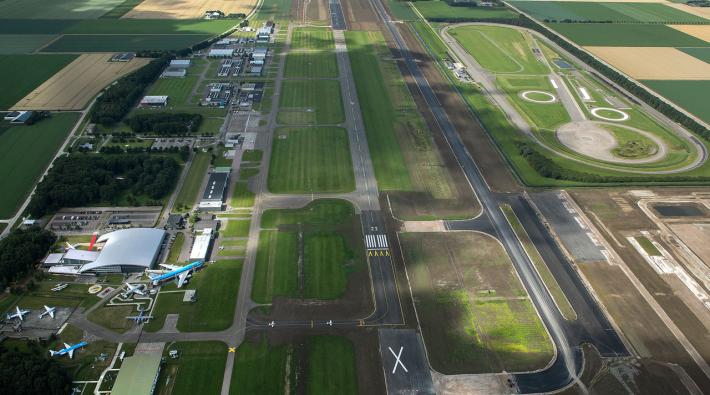There is tricky question we weren't able to find a clear answer to.
Following roughness tests we decided to close part of the runway to all aircraft movements (1400 ft out of a total 3000 ft runway). The taxiway is located at the center of the runway (photo 1).
Actually the airport is certified under Canadian regulation (CARS 302) and this is what is indicated in this case :
- Closed marking is placed at each end of the portion thereof, declared closed.
- Runway threshold is temporarily displaced from the runway end, arrows are provided on the portion of the runway before the threshold.
It's not clear what the best practice is if we have the two situations at the same time; a displaced threshold, and a closed section in the same area.
For the moment, we decided to maintain the two type of marking at the same time; closed marking are installed on the side of the runway (photo 3).
This is a temporary measure. Phase 1 of corrective works was done. Roughness test still not acceptable, we have to come up with a phase 2 corrective works before this winter.
Has anyone seen this before and what do you do in this case? I'm also interested to see what do you do under FAA regulation.
Thanks

This photo show the marking this winter without the arrows. To be able to paint the arrows for displaced threshold marking we installed the closed marking on the side of the runway (see below).







